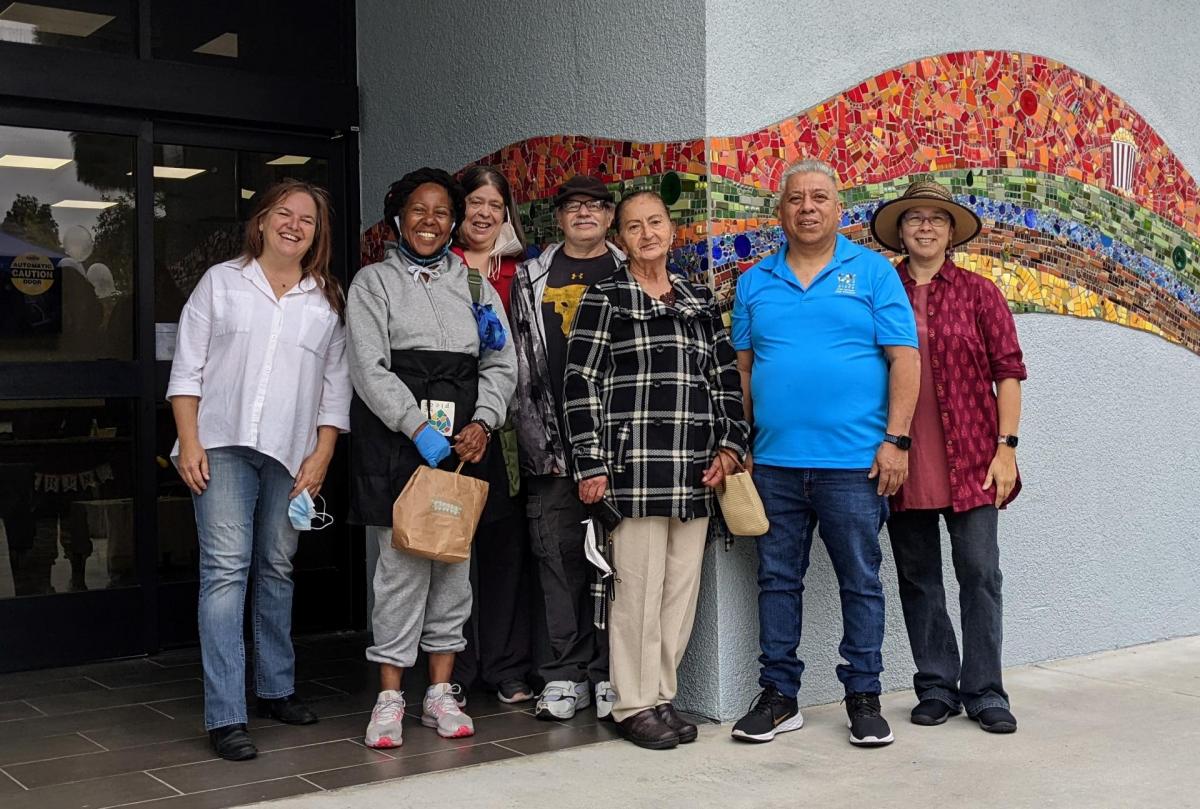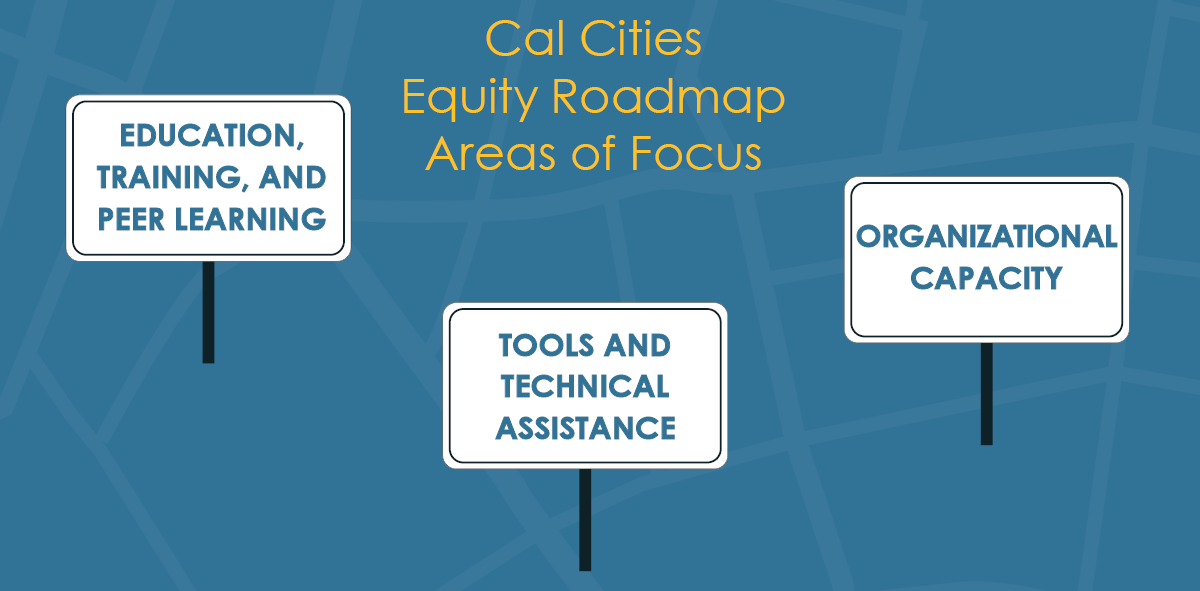We must double down on our equity commitments during tougher fiscal times — especially those for unhoused residents
In the nine years I have dedicated myself to public service, one of the more heartbreaking problems to witness is the growing number of Californians living on the street, in their cars, or in tents near highways or railroads.
As city officials in the Golden State, we are at the epicenter of a national crisis. After a decade in decline, homelessness started to rise again in 2016. This increase was fueled in large part by the situation in our state, now home to more than half of all unsheltered homeless people in the U.S. The latest data shows that more than 170,000 people are homeless in California.
That means there are as many people without a place to call home in California as there are living in cities the size of Oceanside, Lancaster, or Garden Grove.
These alarming statistics are not a surprise for city officials throughout the state who are committed to serving the residents who live within their communities — people who need not only a place to live but a whole range of other services. We work every day to find solutions to this crisis, focused on not only getting people into shelters or permanent housing, but also preventing more of our residents from being forced into the desperate and often dangerous situations that come with homelessness.
That’s one of many reasons the latest financial outlook released by the Legislative Analyst’s Office was a hard pill to swallow.
We know that with a possible recession looming and the state foreshadowing some belt-tightening of the budget, things could get worse before they get better. We also know that homelessness has a face: People of color and aging Californians will be disproportionately impacted by any slowdown or cuts to shelter and other critically important services for the homeless.
The data supports what our city officials have observed for a long time now: African Americans are overrepresented among people experiencing homelessness. We have also noted that an increasing number of people being pushed from homes into their cars, tents, or homeless shelters are Latino. In fact, adult Latinos are experiencing higher rates of new homelessness than any other racial and ethnic group.
It’s a complex problem, one that is decades in the making but accelerated in recent years by the global pandemic and the dramatic spike in the cost of living. The root causes are many, including centuries of racial inequity and the lack of affordable housing options for Californians already struggling because of low-wage jobs. The pandemic deepened the existing inequities in our communities, and the current economic downturn is making things particularly hard for those residents already struggling in the margins.
Recent injections of funding and federal investments brought some relief to help cities and counties address the homeless crisis. Project Homekey and other measures helped provide temporary housing to thousands of Californians during the pandemic. The American Rescue Plan Act — which Cal Cities advocated for — provided direct, flexible funding for cities to plan for an equitable recovery from the pandemic, including supporting our unhoused residents. And the recently enacted CARE Court, which Cal Cities also supported, will connect unsheltered individuals experiencing acute behavioral health needs with a court-ordered care plan managed by a care team in the community.
But when looking at the problem of homelessness through the lens of equity, we know that so much more needs to be done.
That’s why this year, Cal Cities launched the Advancing Equity Community, an online discussion group where city officials can learn about local equity goals, programs, and best practices. This forum is part of Cal Cities’ Advancing Equity initiative, which was created during the pandemic to develop and connect resources and educational opportunities to help city officials expand their capacity to eliminate racial disparities and heal racial division. The community builds on the Cal Cities Equity Roadmap, which seeks to ensure that all cities, whatever their size, capacity, or resources, can approach equity using accessible concepts and language.
These efforts are all designed to support our city leaders in facing the challenge of ensuring that every resident can access city services in an equitable way, and that residents of all backgrounds are treated with dignity and respect.
We know that leadership makes a huge difference in advancing equity.
The recent election in our state brought exciting changes to our communities and brought new leadership — leadership that reflects the ever-increasing diversity of our cities. This is a good thing on so many levels, including the fact that research has shown that diversity among policymakers makes for more equitable and inclusive policies and even can improve the financial bottom line.
At Cal Cities, we are in a unique position to show leadership throughout the state in advancing equity.
In this issue, you will learn how Redwood City, a community where two-thirds of the residents are Latino, observed with concern the gap widening between its residents during the pandemic. In response, they mobilized to introduce a citywide diversity, equity, and inclusion program to address longstanding inequities.
Likewise, you can read about how Lakewood, one of California’s most diverse communities, engaged in an extensive community dialogue to improve public trust and inclusion. The resulting 10-point action plan and its first year of implantation is an important milestone for what was once a nearly all-white community.
You will also get some advice on how you can level up your city’s equity efforts by developing a diversity management program to put your diversity, equity, and inclusion plans into action and track your results. Finally, you will learn about how new federal and state funding programs are prioritizing environmental justice, and what these can do to help cities advance equity.
And we show leadership every day on homelessness, responding at the local level to the unique needs of the unsheltered people in our community. But we cannot do it alone. Getting people off the streets, out of tents and their cars, and into permanent housing requires a concerted effort on the part of cities working hand-in-hand with the counties, the state, and the federal government. It requires coordination and, most importantly, long-term funding.
Tougher fiscal times may be in our future, so now is not the time to cut back or delay much-needed homelessness funding any longer. We must double down on long-term investments to address homelessness and support our collective efforts. Now more than ever, we need to keep fighting to ensure that the cities have the resources and support they need to help our most vulnerable residents.



